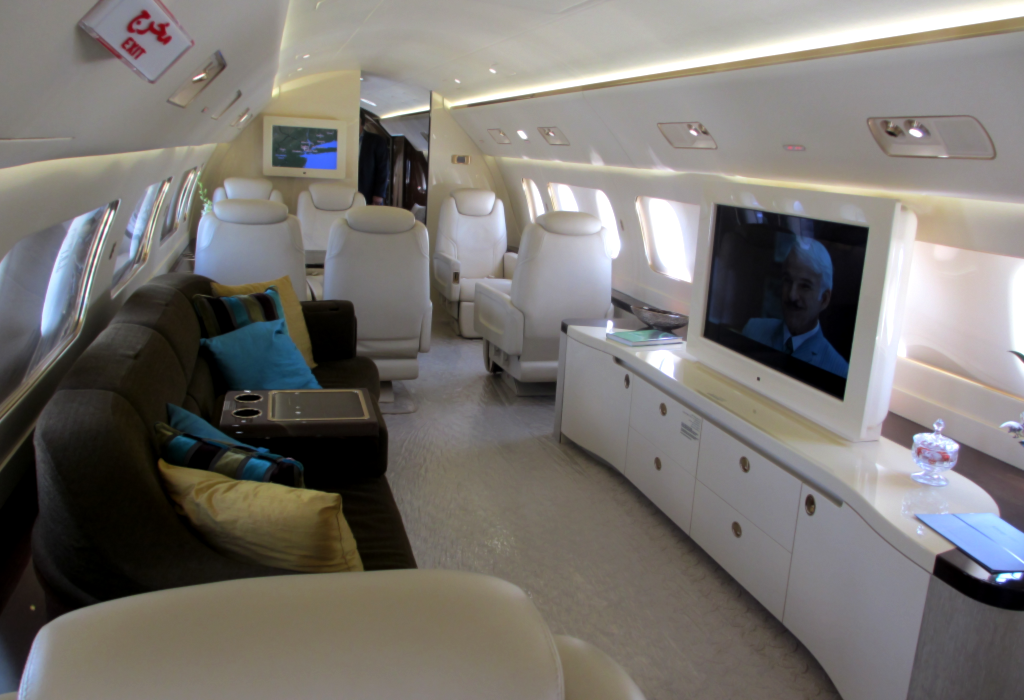How to get to know your aircraft

On private jets operations, often you are assigned on one aircraft and that one only for the entire duration of your contract. You even call it by name (usually a nickname gain from its registration!).
It becomes a sort of familiar place, a cozy home/working environment that you can adjust according to your needs.
If the rotation is divided in 15 on 15 off, you swap with a second flight attendant, who you work together with, but never physically in person.
A good, friendly and efficient relationship between the two of you is fundamental.
As free lance flight attendant, you are basically always new and you have to adapt quickly to the environment, the aircraft, the crew and their rules.
When I am assigned to a mission, I always try to get in touch with the crew to present myself. Then, I try to collect as many information as possible from internet about the aircraft, the customers, and the company.
Once on board, is really important that you get yourself familiar with what is where, but, about this matter, common sense is worldwide used! Things will always be at the same place: dishes at the bottom drawer (because of the weight), cutlery and galley/food utensils at the top (because you need quick access to them).
Linen are in the credenza if present, or hanged in the wardrobe, or in the galley – away from the sink to avoid them to get stained.
Wine and spirits are always in the cupboards that includes a lock at the outside of the door of the cupboard/drawer, because you need to seal those drawers and cupboard if flying in a country where alcohol is illegal.
Crystal glasses are always on the top of the galley, in a transparent or non transparent glass rank.
Emergency equipment is always, exactly in the same place as in the commercial airline, and everywhere else it makes sense, such as fire extinguisher in the proximity of the galley, for example.
When on board, I try to use my visual memory: I open all the drawers and cupboards ad I try to memorise the content. Take some time to do this because it’s really important and can save you time to look for things later.
Put particular attention on the location of the restocking material (usually there’s a box in the cargo or they are nicely organise in the wardrobe). Waste bags are always inside the waste bin in galley and lavatory. Cleaning material are always stored all together in the same place.
Extra toilet rolls, kitchen paper and Kleenex in the wardrobe or cargo (cargo is almost always accessible from the cabin, depends on the type of aircraft).
Familiarise yourself on how to operate the seats: electrically moved or manually? Which lever is for the leg rest? How to prepare the single bed? Also in this case the variation between aircraft types are very limited.
So far, it’s easy. Just do your walk around, move, open, look and memorise.
Now: it can’t be all easy, right? Probably, the most difficult system to get familiar with is the entertainment system: how to play music? How to play a specific movie on a specific screen? How to mount the individual screens (this is very easy though!)?
Most of the time, customers come on board with their own devices where they play their movies or watch Netflix.
And because you don’t use the entertainment system very often, you loose confidence.
The good news is that all entertainment systems are very similar with each other even with a different aircraft manufacture concept.
What is the most difficult aspect of your aircraft familiarisation?
Contact me if you are about to fly on an unknown private jet and you want some guidelines: I will be happy to help!